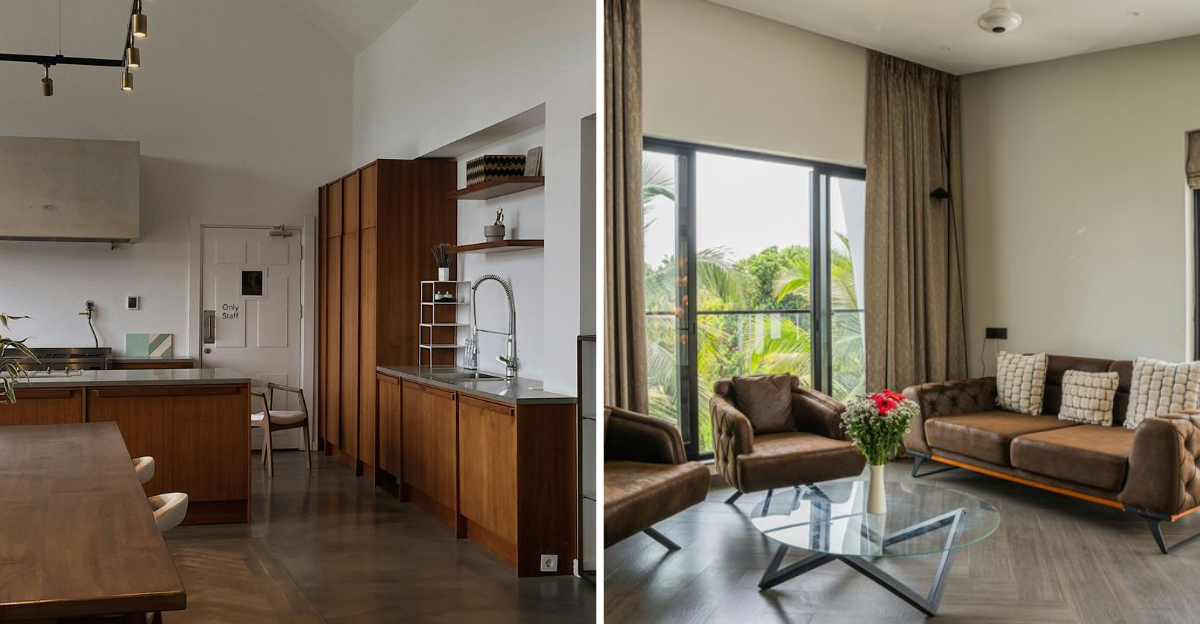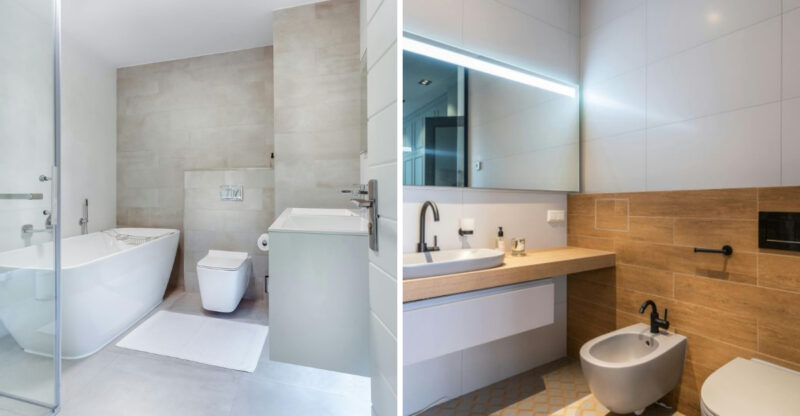8 Questions Every Homebuyer May Want To Ask Before Signing

Purchasing a home is an exciting milestone, but it also comes with its fair share of challenges. Taking the time to dig deeper into a property’s condition, history, and potential issues can help you make a confident decision.
By knowing what to ask, you reduce the risk of unexpected problems after moving in.
Keep in mind, every property is unique, and the insights shared here are meant as general guidance rather than a guarantee of any specific outcome.
1. How Functional Are The Room Layouts?
Walking through a house during a showing feels different from actually living there. Take a moment to imagine your furniture in each space. Would your king-size bed fit comfortably in the master bedroom? Is there enough clearance to open cabinet doors fully?
Think about daily activities too. If you love cooking, check if the kitchen layout allows for easy movement between the refrigerator, sink, and stove. For families, consider if the layout provides good supervision of children playing while you’re in another room.
Don’t forget to evaluate traffic flow throughout the home. Awkward doorway placements or cramped hallways might seem minor during a showing but can become daily frustrations when you’re rushing to get ready in the morning.
2. What Storage Solutions Does The Home Offer?
Storage space can make or break your happiness in a new home. Look beyond the obvious closets and cabinets peek under stairs, check for attic access, and investigate basement storage potential.
If you’re downsizing, this question becomes even more crucial. A home with built-in bookshelves, window seats with storage, or clever kitchen organization systems adds tremendous value without taking up extra square footage.
Don’t be shy about opening every cabinet and closet during your tour. Check if closet doors open fully without hitting beds or other furniture. Ask about any storage areas not immediately visible, like crawl spaces or utility rooms that could hold seasonal items or emergency supplies.
3. How Old Are The Major Appliances?
Did you know replacing a refrigerator or washing machine can cost thousands of dollars? That’s why checking appliance age before buying a home matters so much. Ask for documentation showing when each major appliance was purchased or last serviced.
Most kitchen and laundry appliances last 10-15 years. If they’re approaching that age, factor replacement costs into your budget. This is especially important if you’re stretching financially to afford the home.
While examining appliances, test them if possible. Turn on the dishwasher to check for unusual noises. Open and close the refrigerator to ensure the seal works properly. These quick tests can reveal issues that might not be obvious at first glance.
4. How Well Is The Home Insulated?
Insulation quality directly impacts your comfort and monthly energy bills. Ask for documentation about insulation types and R-values in walls, attics, and floors. Higher R-values mean better insulation and potentially lower heating and cooling costs.
If possible, request utility bill history for the property. This gives you real-world evidence of energy efficiency. Seasonal spikes might indicate insulation problems or inefficient HVAC systems.
Look for signs of drafts around windows and doors during your visit. Cold spots near exterior walls could indicate insulation gaps. Even in newer homes, insulation can be inconsistently installed. This question helps you anticipate potential comfort issues and budget for improvements that might be needed after purchase.
5. What’s The Current State Of The Plumbing System?
Water damage can wreak havoc on a home, causing expensive repairs and potential health hazards from mold. When touring a property, check under sinks for water stains or musty odors that might indicate leaks.
Ask about the age and material of pipes throughout the house. Older homes might have galvanized steel pipes that corrode over time or even lead pipes that pose health risks. Homes built between 1978-1995 might contain polybutylene pipes, which are prone to failure.
Water pressure matters too! Turn on multiple faucets simultaneously during your inspection. If the pressure drops significantly, this could indicate plumbing issues. Don’t forget to ask about sewer line conditions – replacing these can cost thousands and disrupt your yard extensively.
6. When Was The HVAC System Last Serviced?
Heating and cooling systems represent major home investments, with replacements often costing $5,000-$10,000 or more. Ask for service records and the installation date of the current system. Most HVAC units last 15-20 years with proper maintenance.
Listen carefully to the system when it runs. Unusual noises, frequent cycling on and off, or inconsistent temperatures between rooms might signal problems. These issues could affect your comfort and indicate expensive repairs in your future.
It’s worth asking about the HVAC warranty too. Some warranties transfer to new owners, potentially saving you thousands if problems arise. Check that air filters are clean and accessible this simple maintenance task greatly extends system life and improves air quality in your new home.
7. Are The Lighting Fixtures Included In The Sale?
This question might seem minor compared to others, but it can prevent unexpected surprises at closing. Homeowners sometimes become attached to special light fixtures and plan to take them when moving. Without asking, you might find empty sockets where beautiful chandeliers once hung.
Beyond ownership questions, evaluate the lighting quality throughout the home. Visit during different times of day if possible. A sunlit kitchen at noon might become frustratingly dark by dinner time.
Take note of fixture locations too. Are there enough outlets and switches in convenient places? Adding new electrical points after purchase can be surprisingly expensive and disruptive, requiring wall repairs and painting beyond the electrical work itself.
8. What’s The Condition Of The Flooring Throughout?
Flooring replacement ranks among the most expensive home updates, sometimes costing tens of thousands of dollars. Look closely at all floors during your home tour lift area rugs and move furniture when possible to see hidden spots.
Wooden floors might look beautiful but check for signs of water damage, cupping, or excessive wear. Carpet stains can sometimes be cleaned, but worn patches usually mean replacement is needed. Tile floors should be examined for cracks or loose pieces.
It’s worth asking about the age of different flooring sections. Some sellers keep spare materials from installations ask if these will be included with the house. This simple question could save you significant matching headaches if you need to make repairs later.






